What is a partner ecosystem and why should you want one?
- Publication date
- Author
- Imogen Beech
- Reading time
- 12 minute read
The chances are you’ve heard the term ‘partner ecosystem’ of late. It’s a hot topic in growth team meetings, CEOs’ offices and boardrooms full of investors alike – perhaps it’s not surprising given the impressive partner ecosystem statistics you read about.
Nearly a third of total global sales is predicted to come from ecosystems by 2025 (according to McKinsey). And in the next decade, ecosystems could bring $100 trillion worth of value to businesses and society as a whole (according to Accenture).
But what exactly is a partner ecosystem? Why should you want one? And is it possible that you already have one without even realising it?!
Here, we’ll answer all your burning questions about partner ecosystems so that you no longer have to nod and smile every time they’re mentioned, pretending you have a clue what anyone’s talking about. You’re welcome!
Just like an ecosystem in nature is made up of all the organisms that interact with one another and their physical environment, a partner ecosystem is a network of cross-industry partners working together to create solutions.
If you’re wondering whether you’re part of a partner ecosystem, the answer’s probably yes.
Do you work with reseller partners? Comarketing partners? Referral partners? Outsourcing partners?
All of the partnerships you’ve created for your business are part of a partner ecosystem that revolves around your company’s services.
Most digital ecosystems (83%) are a collaboration between partners from four or more industries, and more than half (53%) involve partners from at least six (according to BGC).
That said, the term ‘partner ecosystem’ can mean different things to different people. After all, an ecosystem will always reflect the needs of each company’s unique set of customers, which means they can look vastly different.
For example, an ecosystem could be an app store, it could be a software comparison site or it could just be a list of the companies your brand collaborates with. Similarly, instead of viewing all their partners as part of one ecosystem, some brands will build several ecosystems that operate separately from one another but are all linked to the same brand or product.
Oh, and just as you can create your own partner ecosystem, you can also develop your partner ecosystem strategy by joining an existing one.
Ultimately, there’s no right answer. The key is simply recognising the broad range of strategic partnership benefits that different partners can bring to your business, and acknowledging the fact that they won’t all fit into one box.

There’s no real limit to the kinds of partners that can make up an ecosystem. Technically, any one of the 23 types of strategic partnerships could be included. The players in your ecosystem will be dictated by your brand’s customers and their unique needs.
That said, it might help to break down what an ecosystem can look like to gain a better understanding.
Here are the main types of ecosystems you’re likely to find. We’ve also included some examples of the partners you might find in each, using technology companies as a guide.
Ecosystems centred around distribution are made up of networks of partners that can help a brand promote and distribute its product. For a technology company, these partners can include:
Some ecosystems are made up of partners that can help a brand to promote its product and expand its reach through partner marketing, whether directly or indirectly. Alongside traditional marketing partners like affiliates, here are some examples of the kinds of partners a technology company might work with:
Many ecosystems, especially for SaaS businesses, are centred around technology. These ecosystems are made up of partners whose technologies interact with your brand’s technology in some way – helping your company to maintain an edge over its competition in a fast-moving landscape. They include:
However, don’t be fooled into thinking that you have to choose a type of ecosystem to build. While some brands will purposefully create individual distribution, marketing or technology ecosystems, these ecosystems are all part of a larger overall partner ecosystem that encompasses all of the partners a brand collaborates with in various guises.
Truly great ecosystems often consist of a mix of distribution, marketing and technology partners – as well as partners that may not fit neatly into one category alone! Which brings us onto…
If you’ve been reading this thinking: ‘Hmm. A partner ecosystem sounds pretty similar to a straightforward partner program,’ we don’t blame you! There’s a large crossover.
The main difference is that a partner ecosystem recognises the diversity of the partnerships that can benefit your brand. In other words, although every partner that’s involved in your partner programs will be part of your partner ecosystem, not all the partnerships that could be useful to your brand will fit under a generic partner program.
It’s a relatively new concept but an increasingly popular one. In 2018, a study by Accenture revealed that 76% of business leaders believe ecosystems will render current business models unrecognisable within the next 5 years. And 84% of companies claim ecosystems are important to their strategy.
In response, a whole new set of technologies has been springing up to facilitate this new way of thinking. So much so that in 2020, the category ‘ecosystem management’ made its way onto Forrester’s channel software tech stack for the first time. And even more remarkably, the number of technologies listed in this category doubled between 2020 and 2021!
In short, a partner ecosystem is based on the understanding that each individual partner will bring its own unique skills and benefits to your company. As such, a thriving ecosystem is made up of partnerships spanning multiple industries and partnership types, forming a truly holistic support system for the brands involved.
The benefits that a partner ecosystem can bring to your business are countless. After all, there are countless brands and partnership types that you could include in your ecosystem strategy.
That said, there are a few major benefits that pretty much any partner ecosystem will bring. These include.
Partner ecosystems certainly have the potential to reap amazing results for the brands that truly invest in them. And it’s clear that businesses recognise that. However, brands can struggle when it comes to achieving their goals through ecosystem development.
Accenture highlighted some common stumbling blocks:
So, does this mean that ecosystems don’t work? We wouldn’t say that.
But does it mean that businesses are under-practised at actioning a successful ecosystem strategy and putting in place realistic goals? Absolutely.
Let’s not forget that ecosystems are a relatively new concept and haven’t had the pleasure of being tried and tested by many. There’s still a lot of learning to do. Crucially, they require a whole new way of thinking and adequate resource allocation in order to fulfil their potential.
We know what you’re thinking: ‘So maybe I should revisit this ecosystem malarky once someone else has had the chance to be the guinea pig?’ Wrong!
Perhaps it will help to think less about the risks of developing a partner ecosystem and more about the risks of not developing a partner ecosystem.
To put it bluntly, if you’re not building an ecosystem, your competitors will be. So, all those potential partners that could be helping you to innovate will instead be working with your competitors to disrupt the market.
Accenture’s research shows that 40% of companies in 20 industries (worth $26 trillion) are highly susceptible to disruption. Let’s face it: if you’re not the disruptor, the chances are you’re going to be disrupted!
Don’t worry. Despite the common stumbling blocks we outlined earlier, developing a successful ecosystem strategy is achievable. It just requires time, resources and a willingness to adopt a whole new mindset.
Finally, if you still need convincing, why not take a look at some brands that are already reaping the rewards of the thriving ecosystems they’ve built? Here are seven of our favourites.
The AWS partners ecosystem is a network of partners that use Amazon Web Service (AWS) to build innovative solutions and services for customers. In doing so, partners are able to expand the platform’s capabilities and create new opportunities.
Known as the AWS Partner Network (APN), the ecosystem consists of tens of thousands of organisations operating all over the world. These partners are an invaluable resource for customers who need help implementing, managing or customising AWS. And, therefore, they’re an invaluable resource for AWS itself, enabling it to expand its reach and meet the needs of new niches.
The AWS partners ecosystem seeks to maximise the opportunity that these partners present by providing them with technical and marketing support. This way, AWS is helping its partners to build, market and sell even better solutions, to the benefit of both parties.
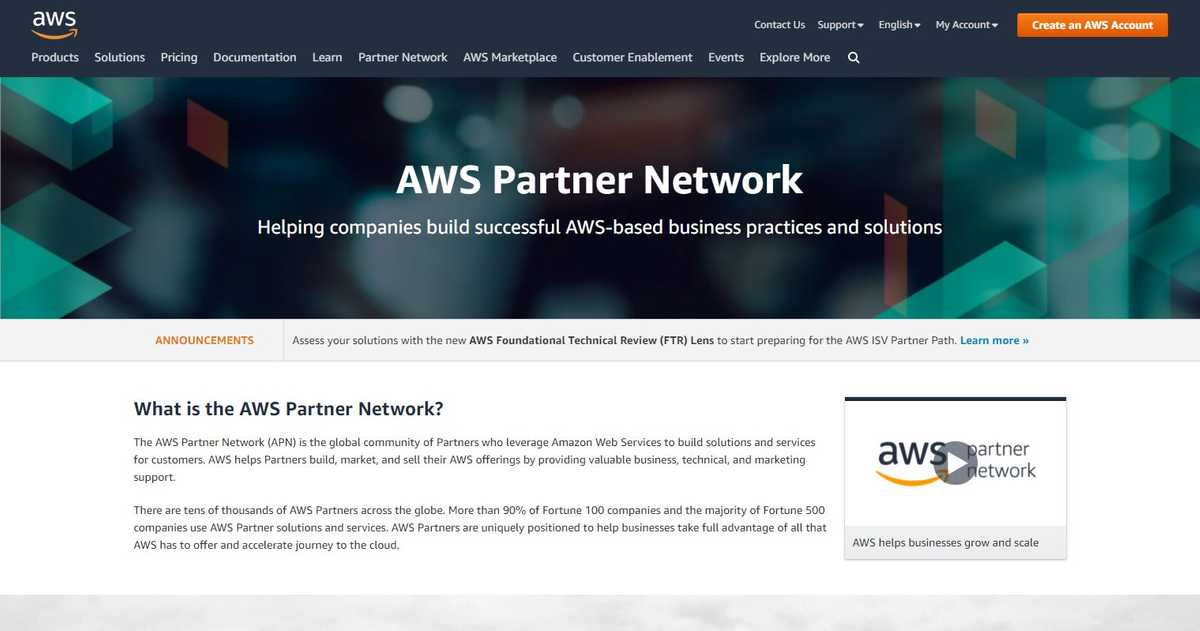
Google Cloud’s partner ecosystem, known as Partner Advantage, incorporates thousands of vetted partners from a wide range of industries across the globe, all offering services or products that revolve around Google Cloud. Many of these partners have also obtained further endorsement by taking Google’s own certification and becoming ‘Google Cloud certified.’
Google’s open platform allows potential partners to build on its products and create new solutions and opportunities for Google’s customers. This can be anything from ready-built solutions to app development, Cloud migration support, data analytics or help with Cloud strategy.
Google’s partner ecosystem then acts as a resource for consumers who can browse Google’s partners to find the perfect solution for their needs.
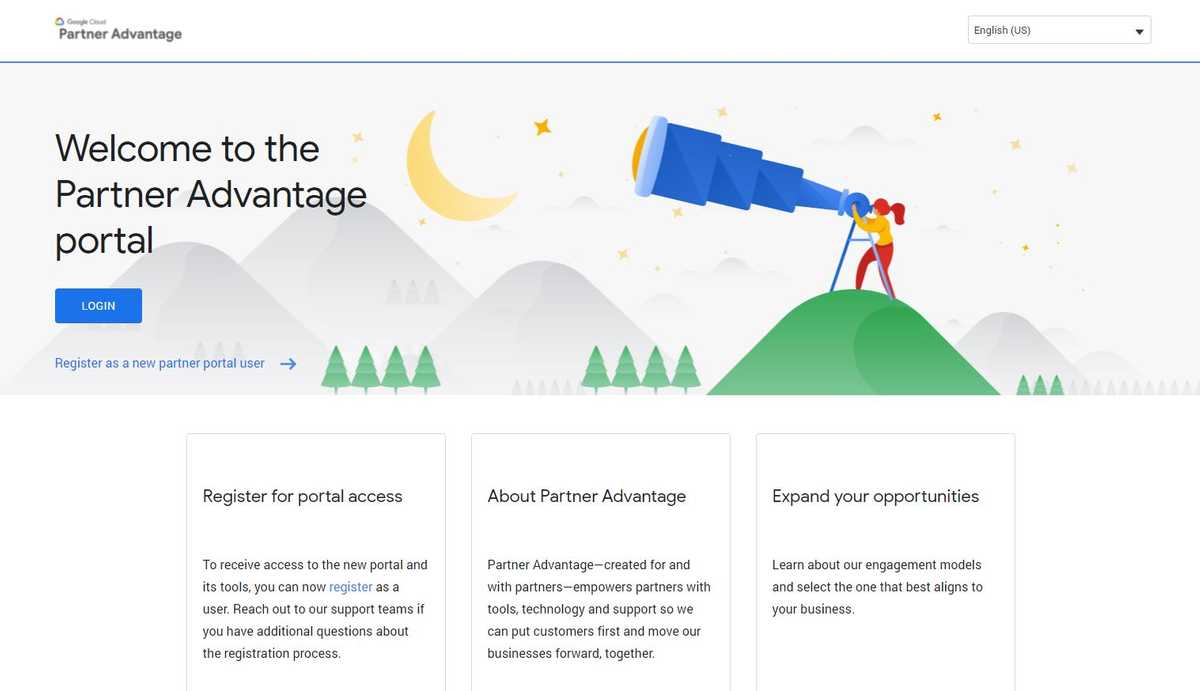
Storyblok is a content management system (CMS) that has a large network of partners. In fact, it claims to have two ecosystems!
The first – a ‘solution partner ecosystem’ – is made up of digital agencies that use the CMS to build projects for their clients. These partners are essentially adding value to Storyblok’s product by using it to create unique digital experiences for their customers – in fact, Storyblok even gives them a rev share for every new business they help onboard to sweeten the deal.
The second type of ecosystem that Storyblok enjoys is its ‘technology ecosystem.’ This is made up of complementary technologies that can be integrated into Storyblok to add extra functionality – such as Shopify and Netlify. While Storyblok benefits from these partnerships by expanding its capabilities, its partners benefit from accessing Storyblok’s customers, as well as being able to collaborate in comarketing activities together.
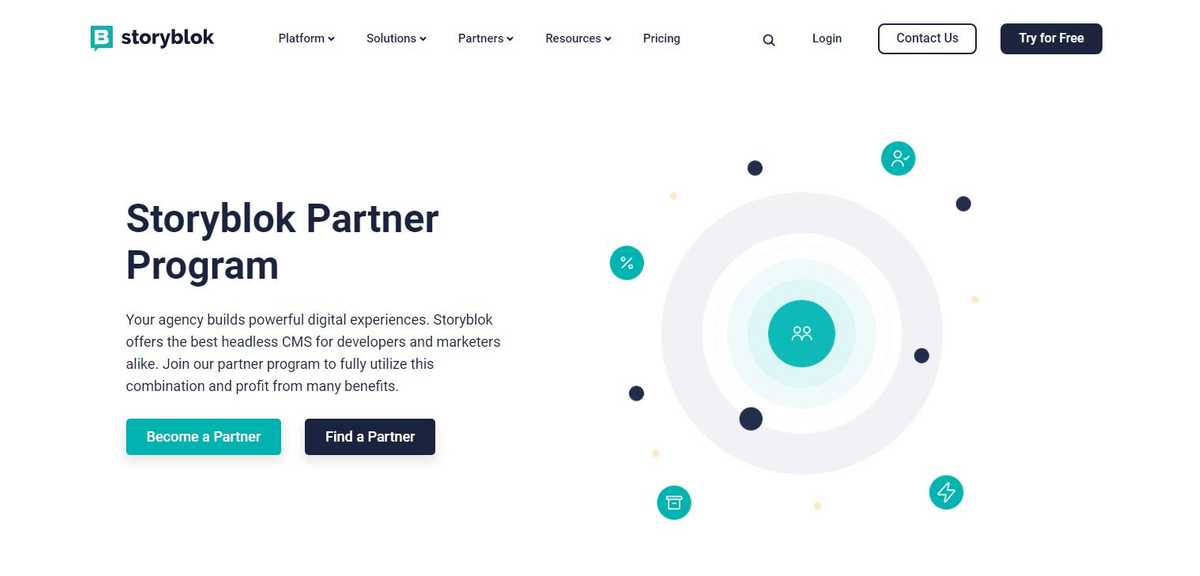
There are many different facets to Apple’s partner ecosystem. Just like the other partner ecosystem examples we’ve covered, Apple works with partners that add value to its customers through consulting, system integration and more. However, Apple’s mobile app store is in itself a thriving ecosystem that deserves a mention.
The app store features over a million apps built on top of Apple’s technology. Together, they play a large part in keeping enterprises running (think apps like DocuSign and Box), keeping cities moving (such as Uber and CityMapper) and even keeping people housed (including Rightmove and Zoopla).
By enabling third-party organisations to build technologies on top of Apple’s, Apple is able to provide its customers with a wealth of value, making it harder and harder for individuals to switch to a different operating system. Not only that, but the apps can provide a valuable selling point. Think of all the apps that are only available on iOS, excluding anyone who uses Android devices – such as GarageBand (a music creation suite) and iMovie (a movie creation suite). Lots of apps are also released on iOS before they come to Android, allowing Apple users to stay ahead of the curve.
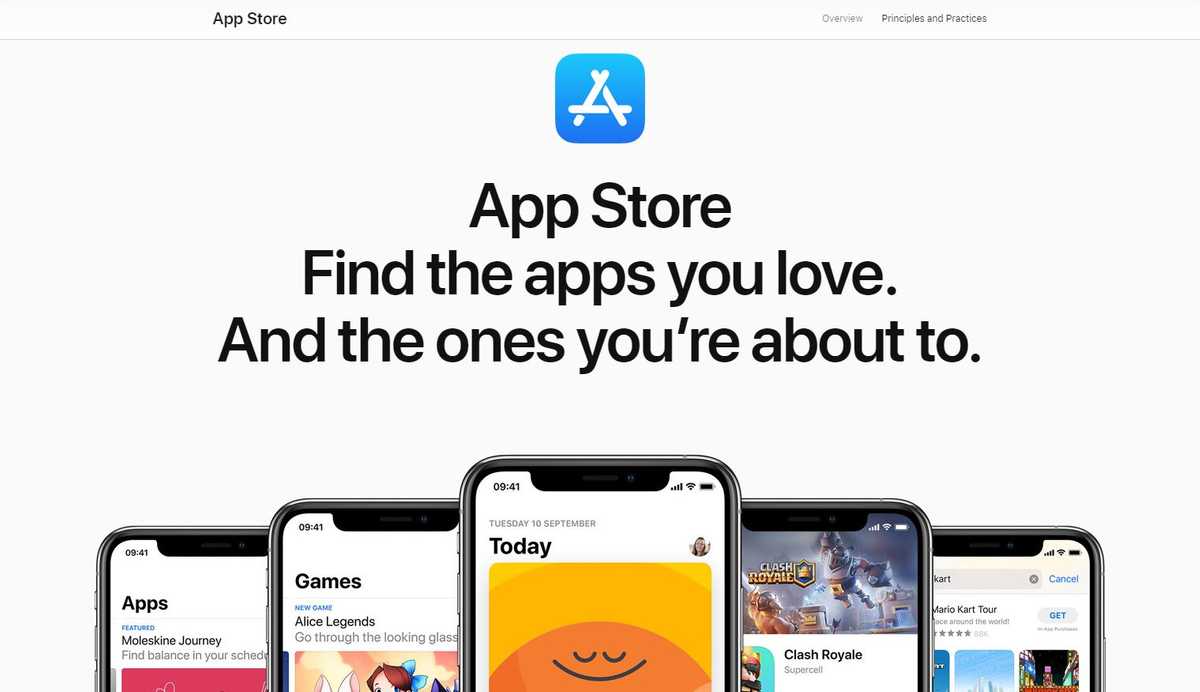
QuickBooks’ partner ecosystem is often held up as being a model to aspire to. In order to reach its target market – small businesses – the accounting software provider built up a network of accountants and bookkeepers who can recommend the product and utilise it with their clients.
By developing its own accreditation and encouraging accountants to become ‘QuickBooks ProAdvisors,’ QuickBooks has formed a mutually beneficial relationship with its partners in which it provides endorsement to them as well as vice versa.
On top of this, QuickBooks partners with affiliates, suppliers and franchisers through a range of partner programs. Plus, it encourages software brands to integrate their solutions with the software. In this way, the brand is able to benefit from a truly multidisciplinary partner ecosystem that supports its goals in a variety of ways.
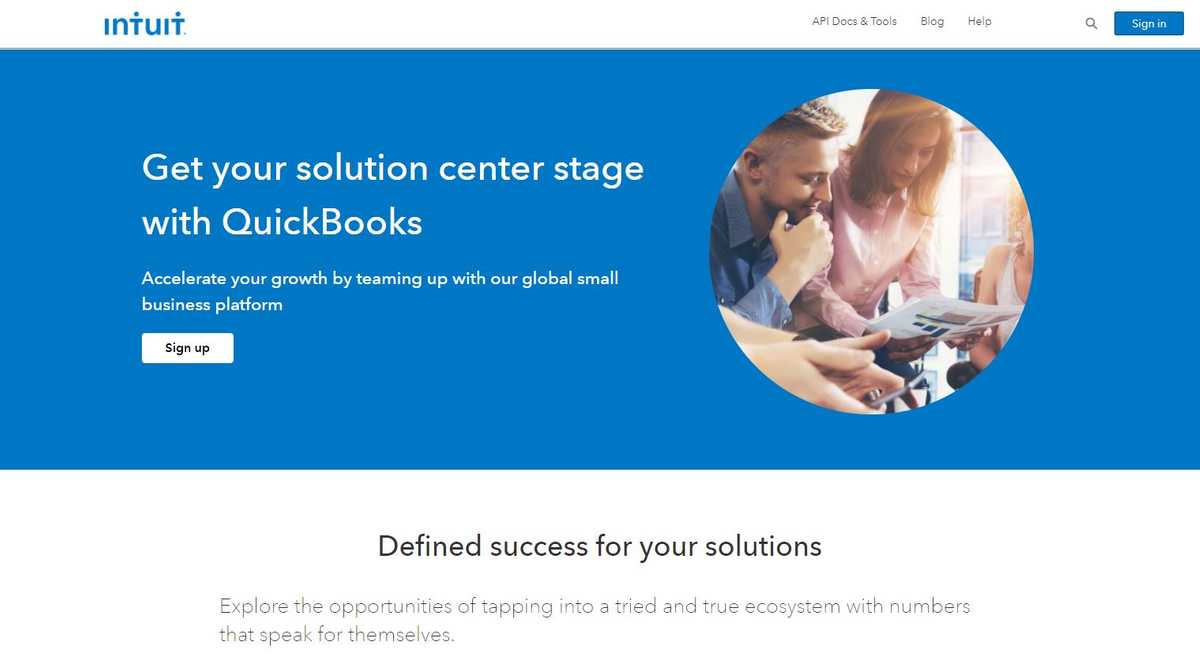
Realising that the average company uses around 88 different apps to get work done, Notion made it its mission to bring as much of that as possible into one place. As such, the productivity app boasts a whole host of integration partners, including Zapier and Typeform, and announced its API beta in 2021. It even acquired Automate.io – a company that specialises in building integrations for software tools!
But it’s not just about technology partners. Notion’s ecosystem is a varied one, as the app also runs the Notion Ambassadors program, made up of volunteer ambassadors – as well as the Notion Certified Consultants program, which consists of certified consultants who use Notion for client work.
In this way, Notion really has embraced the multiple benefits that an ecosystem can bring to a brand. The brand’s partners help to both add value to its product, as well as to promote it far and wide.
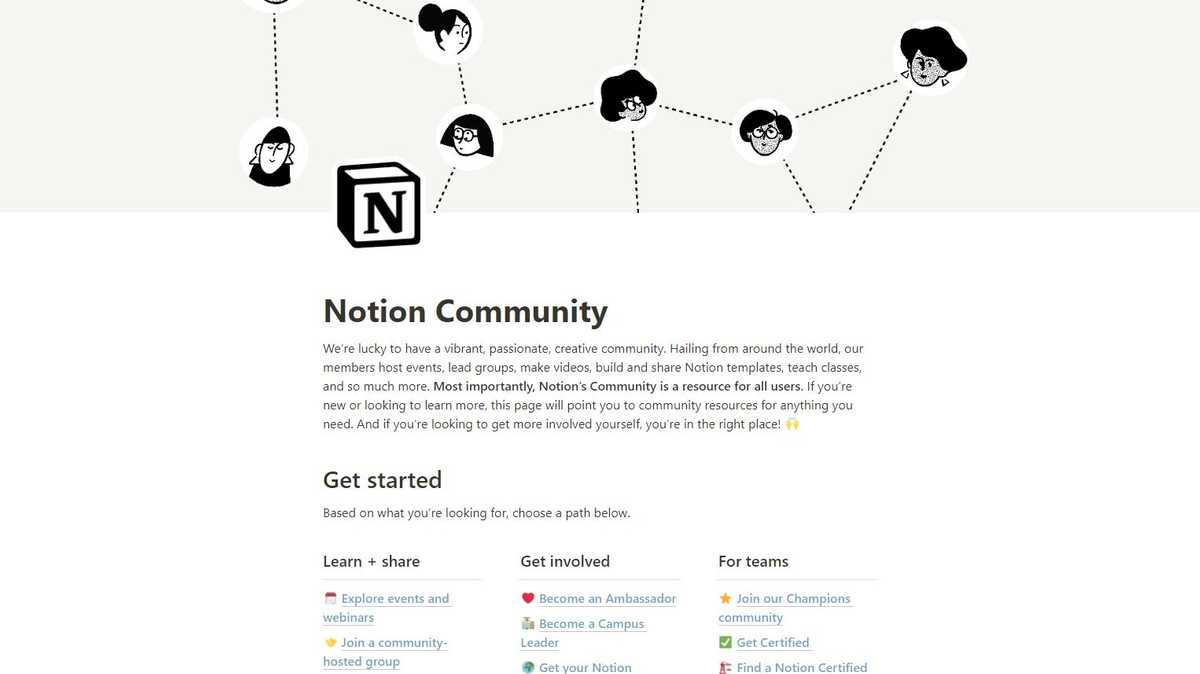
Website building software Squarespace has developed a thriving partner ecosystem that includes integration partners (such as Twitter, Stripe and PayPal) as well as affiliates and referral partners.
However, it’s the brand’s partnership with designers and developers that interests us the most. Squarespace’s marketplace allows consumers to browse its partners to find third parties that can create and implement a Squarespace site on their behalf.
To maximise this opportunity, Squarespace has launched a resource for web designers called Circle, forming a community around its software and helping designers to find work. Similarly, by building a ‘developer mode’ to appeal to developers, Squarespace is able to increase the likelihood that developers will recommend the platform to the brands they work with.
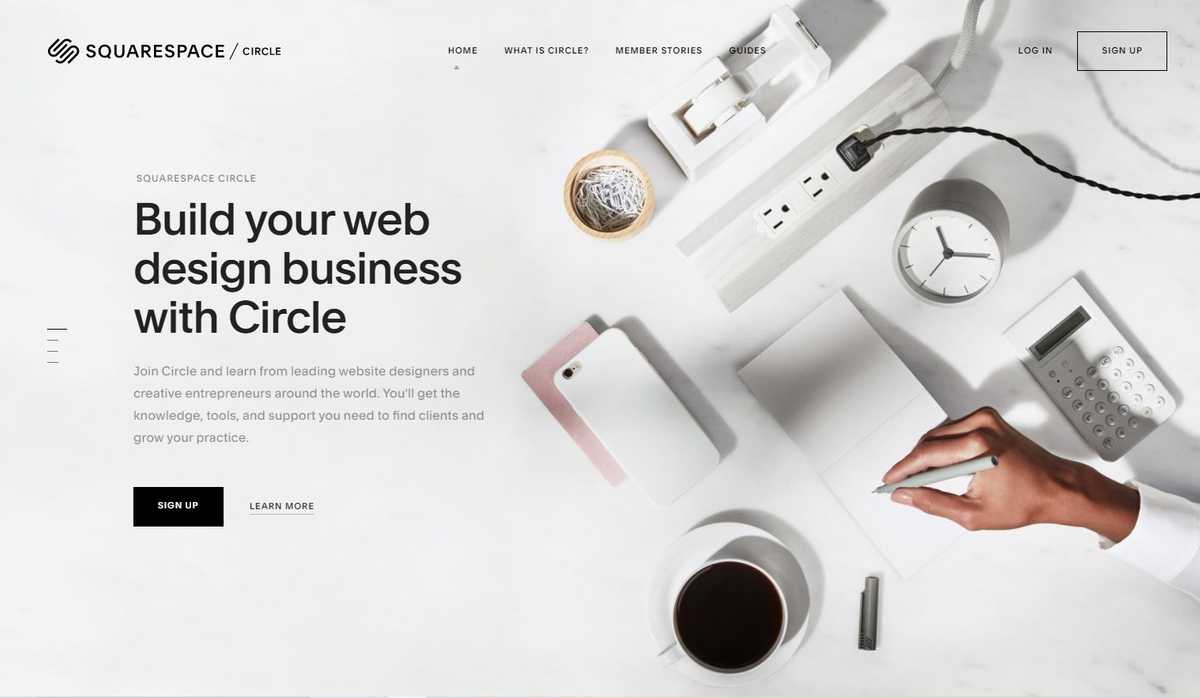
--
As you can see, partner ecosystems are no longer optional. Instead, they’re vital for maintaining your competitive edge and avoiding disruption in a fast-moving market.
Need some help finding the perfect partners for your ecosystem? Just book a demo for Breezy to see how our advanced partner search engine can recommend hundreds of relevant partners that can help to support your business’ growth. Enjoy!
Imogen is a copywriter and content writer with over two years’ experience writing about the exciting world of strategic partnerships, as well as running her own business. She loves learning about new topics as she writes, and has enjoyed penning articles on industries ranging from mortgages to events, theatre to home improvements and everything in between.
View more by Imogen Beech